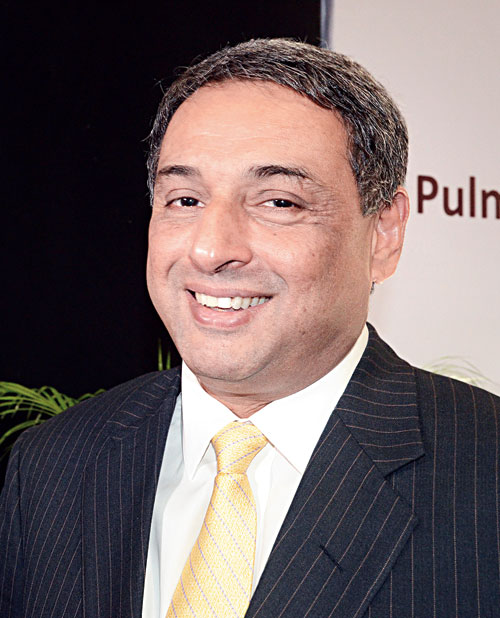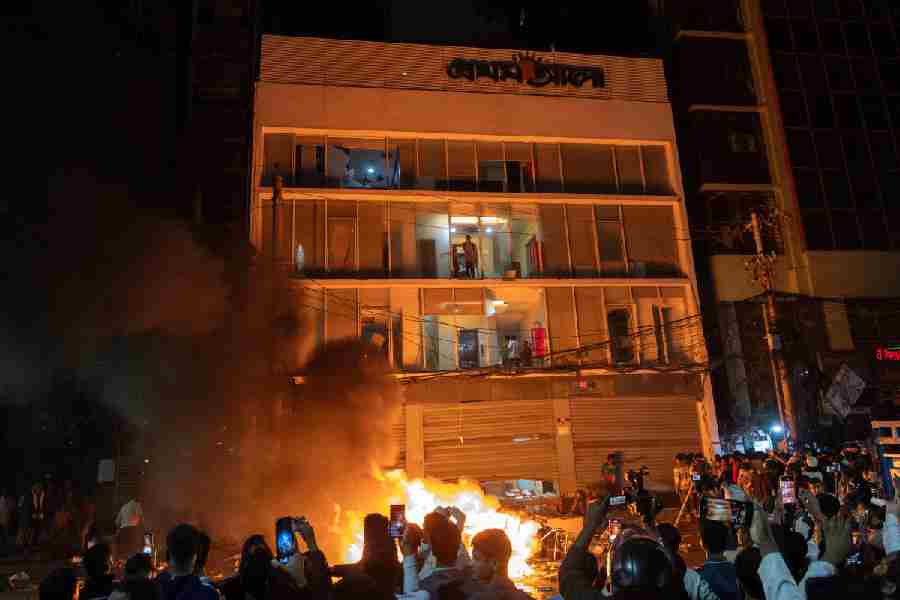Top industry voices cautiously welcomed the new labour regime, noting that the simplification of as many as 25 laws into three codes would reduce compliance burden, “remove pockets of inefficiencies” and offer employers “little more freedom than they had earlier”.
While the codes can potentially curtail the rights and privileges of workers to a large extent, some in the industry say the culture of “hire and fire” would be a slow process.
Harsh Goenka, chairman of RPG Enterprises, claimed that an atmosphere when labour needed to protest to establish his rights no longer exists. “Both industry and labour are on the same side of the business,” Goenka said.
The Mumbai-based conglomerate employs close to 30,000 people.

T. V. Narendran File picture
Tata Steel boss T.V. Narendran believed the new piece of legislation would allow more women to join the force. “An important change is that now women can work any number of hours with consent and necessary precautions as opposed to earlier laws that barred women from certain activities and night time work hours,” the managing director & CEO of Tata Steel Group said.
“It (the code) will help balance the interests, rights and obligations of employees and employers by extending social security to temporary, migratory, contract and casual workers in the form of life and disability insurance, health and maternity benefits,” Narendran argued.
Industry said the lower compliance burden was much needed. “We are already facing large scale unemployment due to the pandemic and if we have to avert further job losses, it is imperative that the economic cycle revives and business becomes viable. The proposed changes are meant to simplify compliance and remove pockets of inefficiencies in a speedy manner, before they render the entire business unviable,” Goenka contended.
Narendran concurred. “It (new labour regime) will also enable employment generation by giving employers a little more freedom than they had earlier,” he said.
Will the focus on “fixed-term employment” — a worker can be deployed for as short as 3-6 months — lower the threshold to hire and fire and usher a new industrial relation culture?
Vijay Shankar Beriwal, national president of the Institute of Indian Foundrymen, argued it would be a slow process. “We have to see the ground reality today. A hire and fire framework will not work, as of now,” he said.
Units deploying up to 300 workers can now fire people without seeking the government’s nod, raising the threshold from 100 workers earlier. The codes also allow states to suspend the freedom of workers going for strike in new units.
Foundry sector is of the large employers in India in the medium and small sector typically deploying 100-300 people. “We have to see the ground reality today. A hire and fire framework will not work, as of now,” he said.










